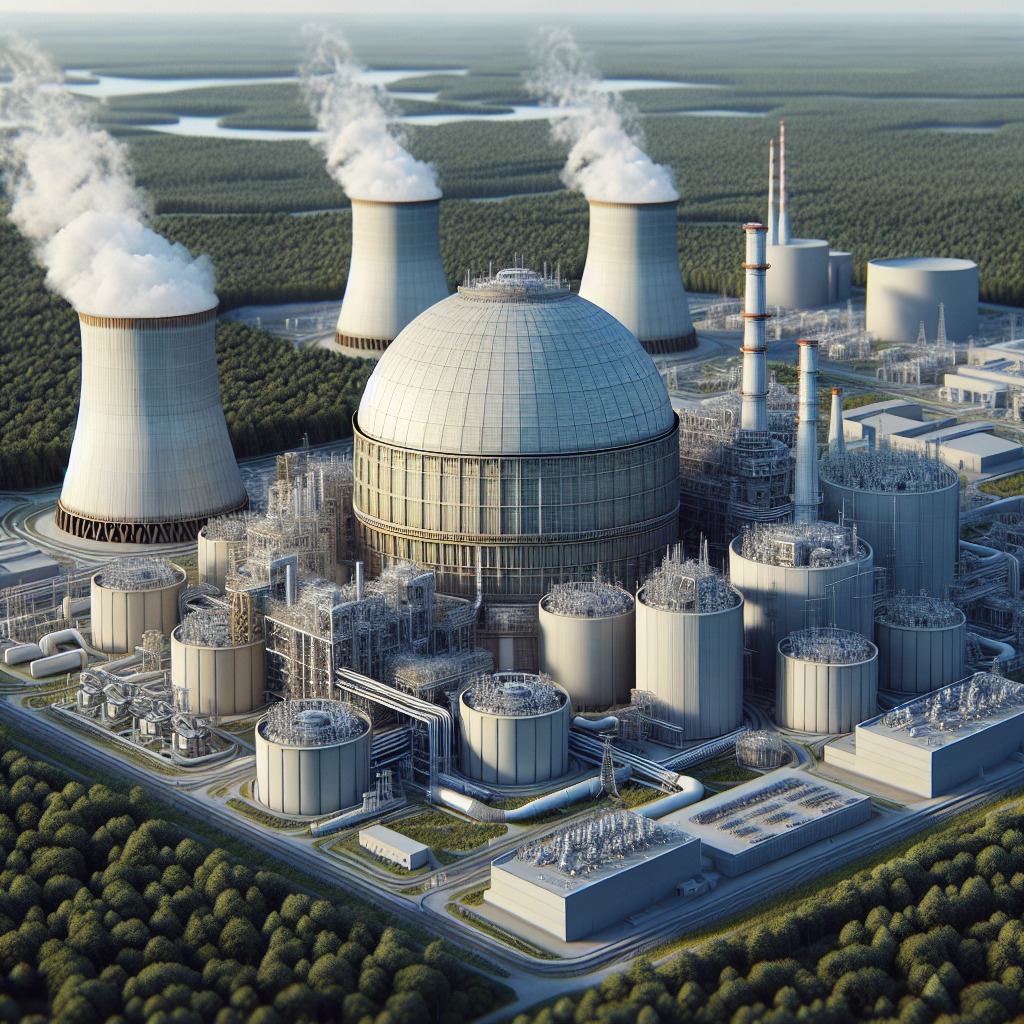India's Third Home-Built 700 MWe Nuclear Reactor Achieves Criticality
India's third home-built 700 MWe nuclear power reactor, located at the Rajasthan Atomic Power Project (RAPP) in Rawatbhata, has achieved criticality. The project, operated by NPCIL, marks a significant milestone in India's nuclear power capabilities. Various tests will now be conducted before it starts commercial electricity generation.

- Country:
- India
India's third home-built 700 MWe nuclear power reactor has achieved criticality and is set to commence commercial electricity generation soon, according to operator NPCIL.
The nuclear power reactor that achieved criticality on Thursday night is the inaugural unit of a new series of Pressurised Heavy Water Reactors (PHWRs) at the Rajasthan Atomic Power Project (RAPP) in Rawatbhata.
Previously, two 700 MWe PHWRs commenced operations at the Kakrapar Atomic Power Station (KAPS) in Gujarat.
The Unit 7 milestone was reached at 22:42 hrs on September 19, 2024, following approval from the Atomic Energy Regulatory Board (AERB), as per an NPCIL announcement.
The milestone achieved by RAPP-7 demonstrates the technological maturity of NPCIL in designing, constructing, and operating indigenous reactors.
First criticality signifies the completion of construction and the beginning of the operational phase of a nuclear power plant.
Subsequent experiments and tests will be conducted before integrating the reactor into the grid, progressively increasing power levels to full capacity with AERB authorizations.
RAPP 7&8 is being developed in Rawatbhata, where six units with a total capacity of 1,180 MWe are already functional. NPCIL currently operates 24 reactors totaling 8,180 MWe and has eight units under construction, collectively offering 6,800 MWe.
Additionally, ten more reactors with a combined capacity of 7,000 MWe are in the pre-project phase and are expected to be completed by 2031-32.
(With inputs from agencies.)
- READ MORE ON:
- India
- nuclear reactor
- 700 MWe
- criticality
- NPCIL
- RAPP
- Rawatbhata
- PHWR
- KAPS
- AERB










